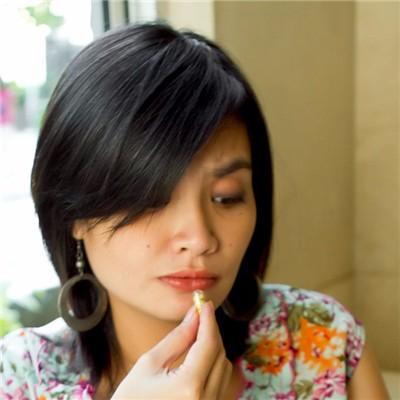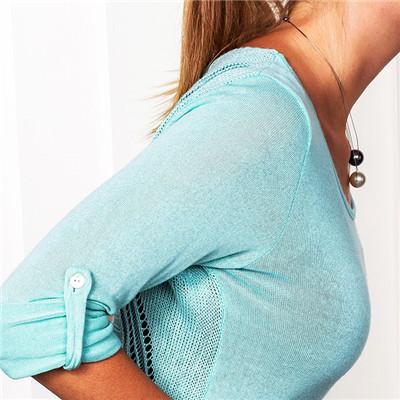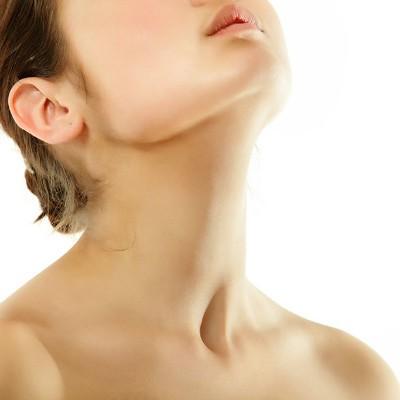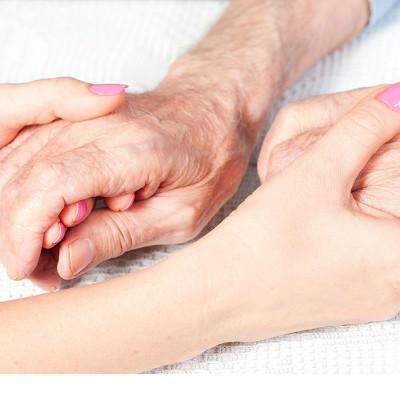Symptoms of acne
summary
Sebum keratosis and dyskeratosis cells formed by blackhead acne, crowded in the expanded hair follicles, there are inflammatory changes around the hair follicles. In the purulent damage, the affected part of the tissue has abscess, around a lot of lymphocytes and multinucleated white blood cells, sometimes Staphylococcus can be found. If the damage has lasted for a long time, plasma cells, foreign body giant cells and proliferating fibroblasts can also be seen. In larger lesions, the sebaceous glands are partially or completely destroyed, and sometimes become large cysts.
Symptoms of acne
Skin lesions mainly occurred in the face, but also in the upper chest and shoulder, occasionally also occurred in other parts, orbital skin never involved. At the beginning, almost all patients have blackhead acne and oily sebum overflow, and often have papules, nodules, pustules, abscesses, sinuses or scars.
All kinds of damages vary in depth, and one or two of them are the main ones. The course of disease is long, and most of them have no conscious symptoms. If the inflammation is obvious, it can cause pain and touch pain, and the symptoms are mild and severe. After puberty, most of the patients can recover naturally or relieve symptoms.
Blackhead acne is the main damage of acne. It is a kind of cheese like semi-solid which is stuffed in the sebaceous gland mouth of hair follicle and exposed at the outer end of the hair follicle mouth. If it is pressed, it can be seen that the head is black and the body is yellow white and translucent fat plug is discharged.
matters needing attention
The lesions were purplish red or purplish red papules, pustules or nodules of millet to broad bean size. They were soft and soft, and contained pus and blood. They did not heal for a long time, and later healed, leaving tiny scars, no pain, and little infiltration. This type is more common in patients with weak body.












